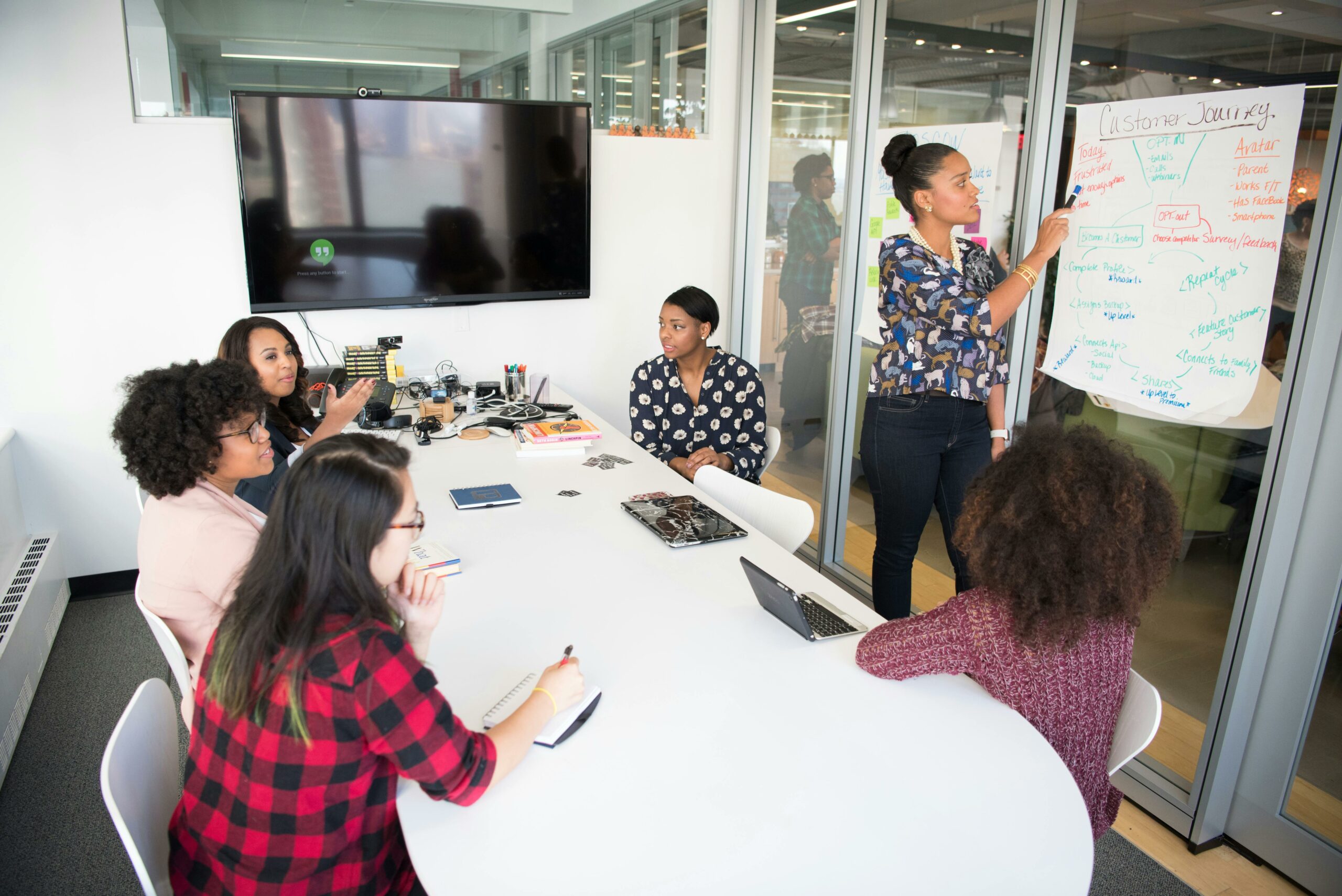If you want to think outside the box and bring out new ideas, including generative techniques in the design process is an excellent option. What makes it so interesting, in my opinion, is its participative approach, which enables the user to position himself as an “innov’actor” in the design of a product/service.
What’s generative techniques?
Generative techniques are participatory design tools that include users in the design process through collaborative workshops. The aim? Gain an in-depth understanding of their expectations, needs and feelings.
During these workshops, users are invited to create artifacts (collages, cards, storyboards). In this way, they can express their thoughts and feelings, which they might otherwise find difficult to put into words.
Activities to propose to your users during co-design workshops
All activities are welcome, provided, of course, that they are consistent with your project. You can use cartographies, models, modeling or cognitive maps. But there are plenty of others, such as storyboarding (recounting a particular experience) or projective collage (using words and images to show concepts associated with a theme).
Concrete examples of generative techniques
A study by Sanders and Stappers in 2008 demonstrated a co-design workshop with nurses. Using 3D toolkits, they reproduce their vision of the ideal patient room. This allows the designer to step back and visually understand their needs.
This can also apply to an application. Some time ago, I embarked on designing an application for exchanging second-hand books. To create an application that would be suitable for both male and female readers, I could, for example, run a workshop asking them to draw/model their ideal application, using paper, pencils and felt-tip pens.
Doesn’t that waste time on a project?
Setting up these workshops takes time. Allow around 3 weeks to prepare them. Nonetheless, they will enable you to gather particularly interesting qualitative data, necessary for the realization of a complete UX. These techniques can be complemented by other methods: interviews, observation, focus groups, etc.
The advantages of generative techniques
✅ They allow users to express their feelings and experiences through a creative approach.
✅T hey liberate thought and give rise to new ideas.
✅ By collaborating with users, the designer can fully immerse himself in the participants’ experiences.
✅ Placing the user as a “co-actor” of the product/service reveals opportunities for innovative design.
✅ Post-workshop, they present rich and inspiring sources of qualitative information
How do you set up a co-design workshop?
Duration: 3 weeks preparation and minimum 1 hour workshop
People involved: 1 analyst, 1 facilitator and at least 1 facilitator
Participants: 4 to 6 people (varied profiles)
Don’t forget to include a user awareness phase to explain the workshop context. Provide your users with an awareness kit and a discussion guide to formalize instructions. Don’t forget to provide workshop materials (photographs, scissors, glue, icons, shapes, etc.).
